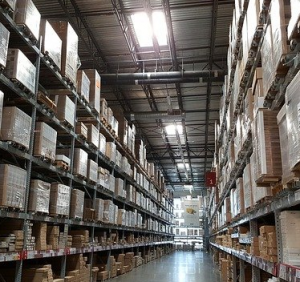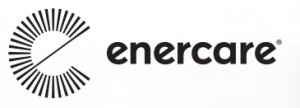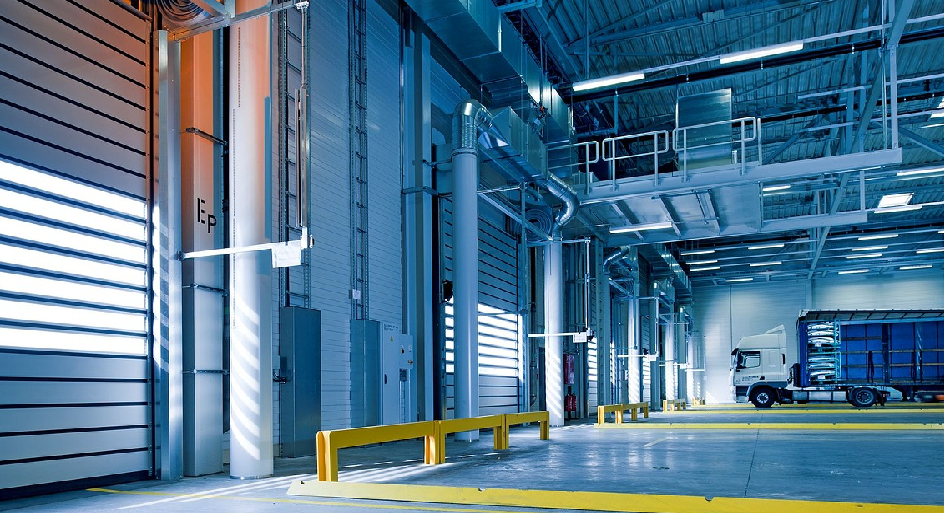In the world of facility management, Indoor Air Quality (IAQ) reigns supreme. Clean, hygienic environments are now all but essential for protecting workers, easing anxieties, and keeping operations on track.
“Maintaining a high indoor air quality has always been important, but with heightened risks of airborne illness, it’s right up there on the list of priorities for warehouse and facility teams,” says Tom Mannsfeldt, Senior Manager, Commercial Sales at Enercare Commercial Services. It makes sense that IAQ is dominating the conversation. With warehouse activity ramping up, the inability to protect facility occupants from airborne illnesses can quickly lead to workforce challenges.
“There’s no question that the first goal of IAQ is to keep workers safe and confident in coming to work; and when you do that, you also address the second goal, which is to maintain warehouse productivity in a time when activity is ramping up,” says Mannsfeldt.
 No doubt, between a surge in online shopping and supply chain backlogs, now is no time for fulfillment centres and production lines to go silent. And in busy environments where workers often work in close quarters, this means ensuring the best IAQ strategies, protocols and technologies are being used to provide everyone with a breath of fresh air.
No doubt, between a surge in online shopping and supply chain backlogs, now is no time for fulfillment centres and production lines to go silent. And in busy environments where workers often work in close quarters, this means ensuring the best IAQ strategies, protocols and technologies are being used to provide everyone with a breath of fresh air.
“There’s already enough disruption in the world right now,” says Mannsfeldt. “Prioritizing IAQ is one way of minimizing an increasingly common business disruption that can otherwise impact safety and a facility’s operations.”
 Facilities are particularly susceptible to indoor air quality issues. Any number of harmful particulates can be produced during the course of production or assembly operations, while exhaust from nearby trucks can be pulled into the environment without proper controls. Without proper mitigation strategies, these pollutants can collect in a warehouse environment and take their toll on anyone who enters the space. Thus, it’s critical to create healthier indoor spaces through several key steps:
Facilities are particularly susceptible to indoor air quality issues. Any number of harmful particulates can be produced during the course of production or assembly operations, while exhaust from nearby trucks can be pulled into the environment without proper controls. Without proper mitigation strategies, these pollutants can collect in a warehouse environment and take their toll on anyone who enters the space. Thus, it’s critical to create healthier indoor spaces through several key steps:
- Eliminating the sources: Improving IAQ means identifying and removing the sources of pollutants. For example, says Mannsfeldt, “So if we know that the facility’s doors are staying open a long time, and that this is causing exhaust from idling trucks to enter the building, then we can look at ways to minimize that, whether it’s through scheduling, putting in air curtains or simply making facility managers aware this is happening.”
- Enhance filtration and fresh air delivery: The risks of airborne pollutants or illnesses will never go away. That’s why it’s important to implement technologies and resources that will work at all hours to trap harmful pollutants and keep fresh air in rotation to minimize those risks. Even still, adds Mannsfeldt, “We see a lot of buildings that have fresh air delivery already, but they’re either underperforming or not being maintained. In some cases, they’re turned off completely to save expenses, which is a problem because that means clean air isn’t being brought into the space.”
- Monitor your environment: Maintaining healthy IAQ requires visibility into environmental conditions. To that end, there are benefits to using IAQ systems with sensor technology that can monitor various air quality factors and provide real-time reports to building staff.
No IAQ strategy is the same
Healthy IAQ requires a tailored strategy. For this reason, there are advantages to working with indoor air quality specialists who can assess and address a building’s unique requirements.
 For example, says Mannsfeldt, “What we can do is come in, conduct a site audit, and use that data to map out an IAQ approach that works best for that particular space. It may be a building-wide approach, but it may be just certain areas more than others. Either way, we can map out what a client needs and provide a report and action list detailing how they can achieve an ideal IAQ.”
For example, says Mannsfeldt, “What we can do is come in, conduct a site audit, and use that data to map out an IAQ approach that works best for that particular space. It may be a building-wide approach, but it may be just certain areas more than others. Either way, we can map out what a client needs and provide a report and action list detailing how they can achieve an ideal IAQ.”
This custom-made approach is essential, he adds, as it ensures that investments in IAQ align with the facility’s actual needs and budget: “If you’re going to spend money on the solution, you obviously want to solve the problem. That means targeting your pain points in a way that’s most effective and budget-friendly.”
Much has been said about IAQ in the wake of the pandemic, and for good reason. As the world returns to work, keeping workforces healthy and confident in their surroundings is critical to protecting lives and the bottom line.





